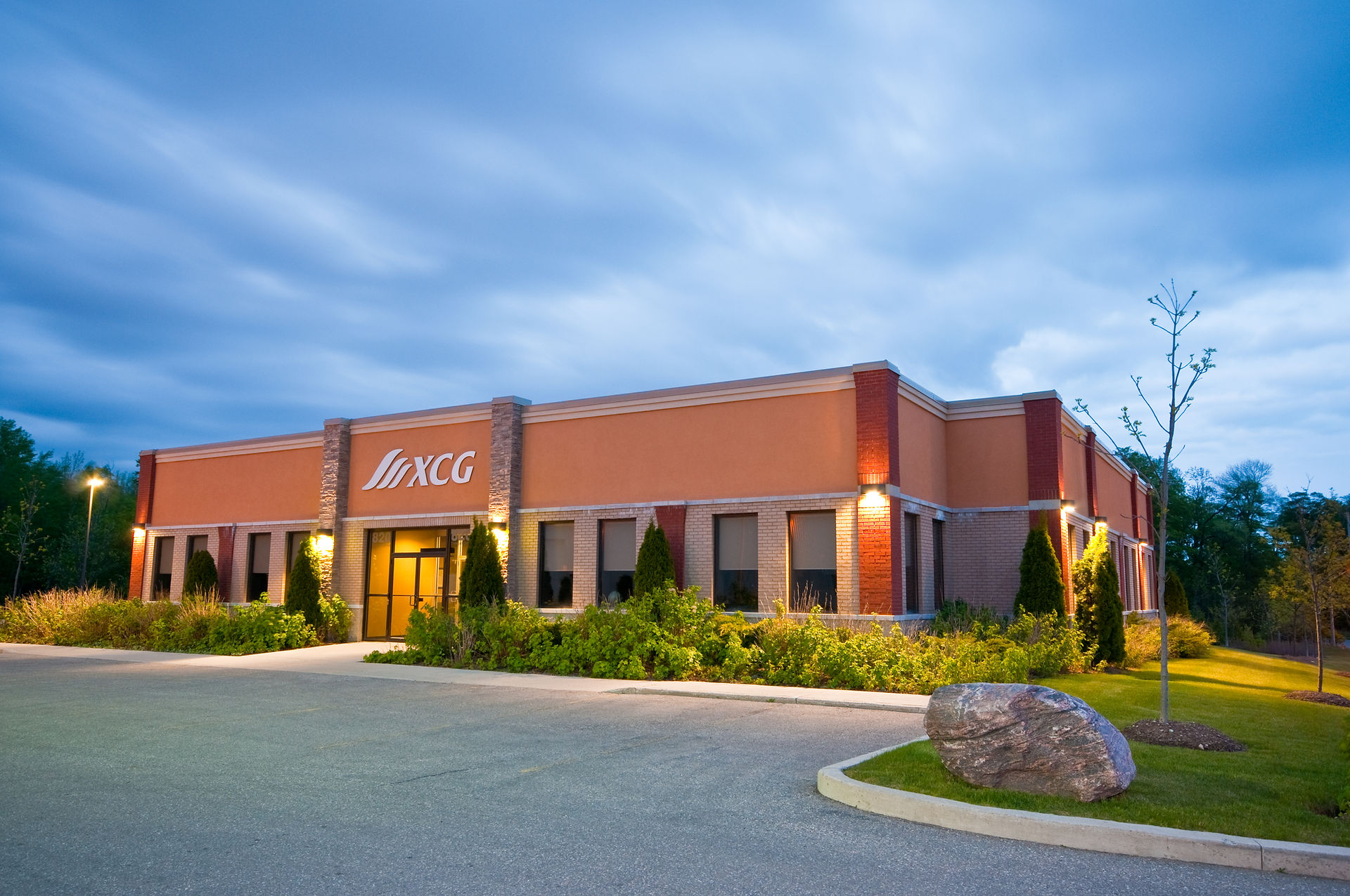
Sunshine Coast Regional District, Solid Waste Composition Study




XCG conducted a Solid Waste Composition Study for the Sunshine Coast Regional District (SCRD) in 2022 (the study). The data from the study was used to determine the effectiveness of established diversion programs and identify types of solid waste to be targeted for future diversion initiatives. The study was completed for the SCRD’s landfill stream encompassing five electoral areas and three municipalities. The study included two, two-week long waste audits in May and October 2022 where XCG staff collected, sorted, and weighed waste from residential, self-haul and industrial, commercial, and institutional (ICI) sources. XCG completed a Solid Waste Composition Study Report which included the overall solid waste composition of the landfill stream, the solid waste composition of each electoral area and waste source, and a comparison of results to the previous waste composition study.
Based on the 2022 Waste Composition Study Results, the landfill stream contained 23% organics, 11% Curbside Printed and Paper Packaging (CPPP) Recyclables, 11% Depot Printed and Paper Packaging (DPPP) and 1% Other Stewardship Material (e.g. household hazardous waste and electronic waste). Thus, even though organics, curbside recyclables, depot recyclables and other stewardship materials are currently separate streams, 46% more material can still be diverted from the landfill stream.
Based on the findings of the 2022 Solid Waste Composition Study, when compared with the findings of a previous (2014/15) waste audit, the steps employed by the SCRD to date have continued to divert solid waste from the landfill. Specifically, the organic diversion programs implemented for the curbside collection system have greatly decreased (17%) the amount of organic material found in the landfill stream; however, additional diversion of organics can still be achieved.









